The Christian Sacrifice
On Good Friday, we don't worship suffering, we worship the One who turned it into love
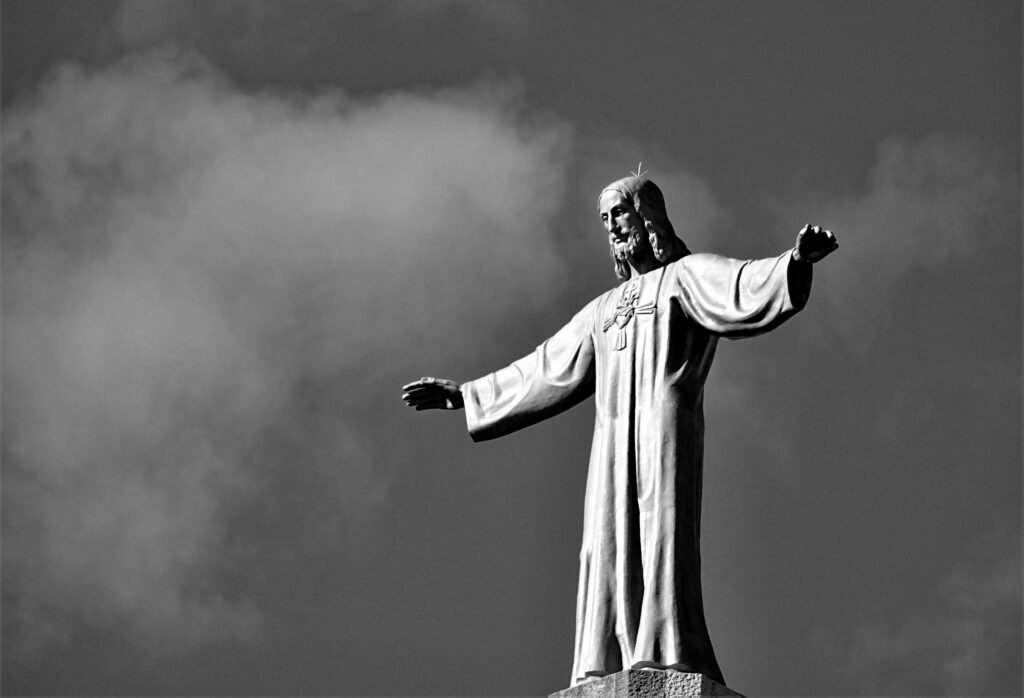
The third day (of 5) of the 2025 “Lenten Talks” at the Parish of Saints Cosmas and Damian, Burgos. Comment on the events of Good Friday: Very early in the morning, the chief priests brought Jesus before Pilate, who asked him, “Are you the king of the Jews?” Jesus replied, “You say so.” The chief priests accused him of many things, but Jesus made no further reply, so Pilate was surprised. During the feast, Pilate usually released a prisoner. He asked the people whether they preferred to release Jesus or Barabbas. The chief priests incited the crowd to ask for Barabbas. Pilate asked, “What shall I do with the one you call the king of the Jews?” They shouted, “Crucify him!” Pilate, wanting to please the crowd, released Barabbas. He had Jesus flogged and handed him over to be crucified. The soldiers mocked Jesus by dressing him in purple, placing a crown of thorns on him, and saluting him, “Hail, King of the Jews!” They beat him and knelt before him in mockery. They led Jesus away to Golgotha, where they crucified him. On his cross, they put the inscription, “The King of the Jews.” Two thieves were crucified with him, one at his right and one at his left. Those who passed by insulted him, saying, “Save yourself! Come down from the cross!” The priests and scribes also said, “He saved others, but he cannot save himself.” At noon, it was dark until three in the afternoon. Then Jesus cried out with a loud voice, “My God, my God, why have you forsaken me?” Then he gave a loud cry and breathed his last. The curtain of the temple was torn in two from top to bottom. A Roman centurion, seeing this, exclaimed, “Truly, this man was the Son of God!” (Summary of Mark 15).
Every Good Friday, the Church pauses before the mystery of the Cross. For many, it may seem a violent, scandalous, even absurd scene: God made man, hanging on a tree, amid mockery and bloodshed. How can such a painful symbol be, at the same time, the most beautiful? The answer lies in love: the cross is not the tragic end of a story, but the highest act of self-giving and redemption.
The Gospel according to Mark tells us about Jesus’ final moments: the trial before Pilate, the people’s choice of Barabbas, the crowning with thorns, the journey to Golgotha, the crucifixion. At every step, Christ’s silence and his free surrender reveal a love that responds not with hatred or force, but with obedience and compassion. Through the Passion, we understand who we are—sinners capable of rejecting God—and who He is: Love that offers itself to the extreme.
Two great theologies have attempted to explain this mystery: that of the Cross and that of the Incarnation. Both agree on an essential point: Christ saves us not only by his suffering, but by the love with which he endured it. On the Cross, pain has no value in itself, but because it has been embraced by love. And this is also the Christian path: to transform every circumstance into an offering of love.
Christian spirituality has always understood sacrifice as an act that goes beyond the ritual or the external. Already in the Old Testament, the prophets denounced the formalism of empty sacrifices and announced a new cult: that of obedience of the heart. Christ is the fulfillment of that promise: his entire life—from his first heartbeat in Mary’s womb to his last breath on the cross—is an act of love for the Father and for us.
Starting with him, Christian sacrifice changes radically: it is no longer about destroying things or complying with external norms, but about turning every moment into an opportunity for love. This is true worship, true holiness: living the virtues, again and again, until they become habits. Not through a titanic effort, but through a grace that transforms from within.
Mortification—so forgotten today—is not a punishment, but a means to love better. As Saint Josemaría said: “Do what you must and be in what you do.” Getting up on time, smiling at those who struggle, joyfully fulfilling our obligations… all these small acts, lived with love, make us like Christ. Suffering is not what we seek, but if it comes, we do not reject it: we embrace it with Him, knowing that it can be fruitful.
Ultimately, Good Friday is not an exaltation of pain, but an invitation to live like Jesus: to make life a surrender, even when it hurts. Because it’s not about resigning oneself to the cross, but about loving it. And those who love it discover—like the saints—that loving, even in the midst of pain, is the most human… and the most divine.
Day One: Easter or Nothing: The Heart of the Christian Faith
Day Two: Dying to Self, Being Born to Love
Day Three: Christian Sacrifice
Related
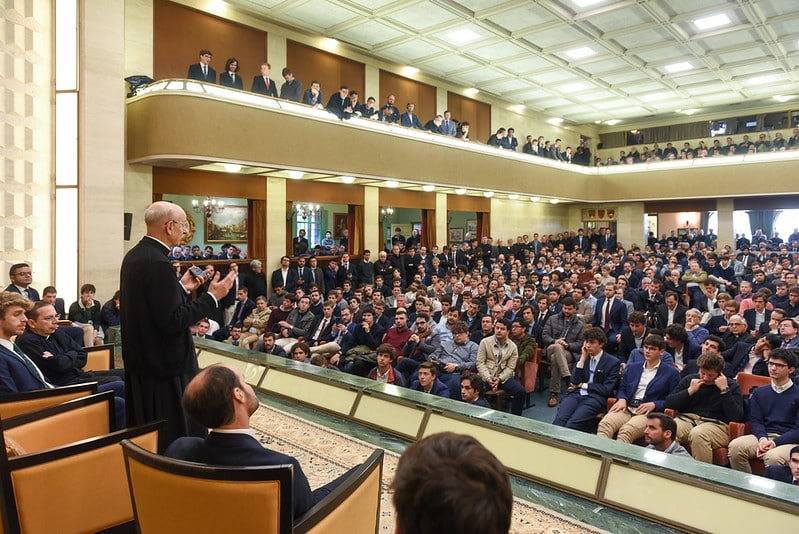
Evangelization and Sanctification of Work
Exaudi Staff
16 April, 2025
6 min
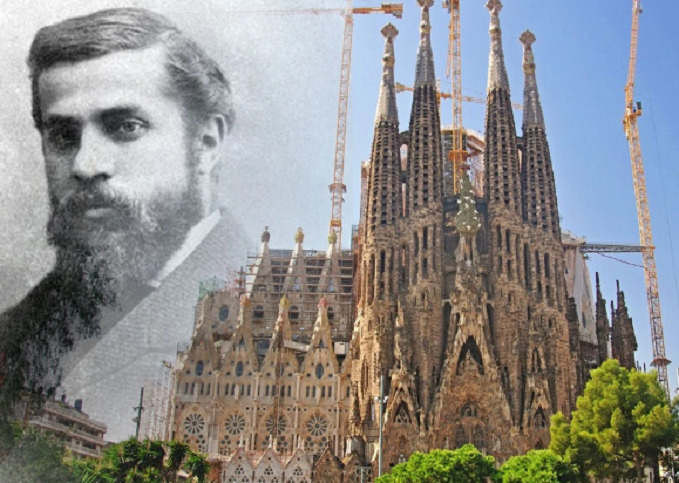
Gaudí, the Mystery Revealed: The Perspective of Paloma Pía Gasset
Exaudi Staff
16 April, 2025
2 min
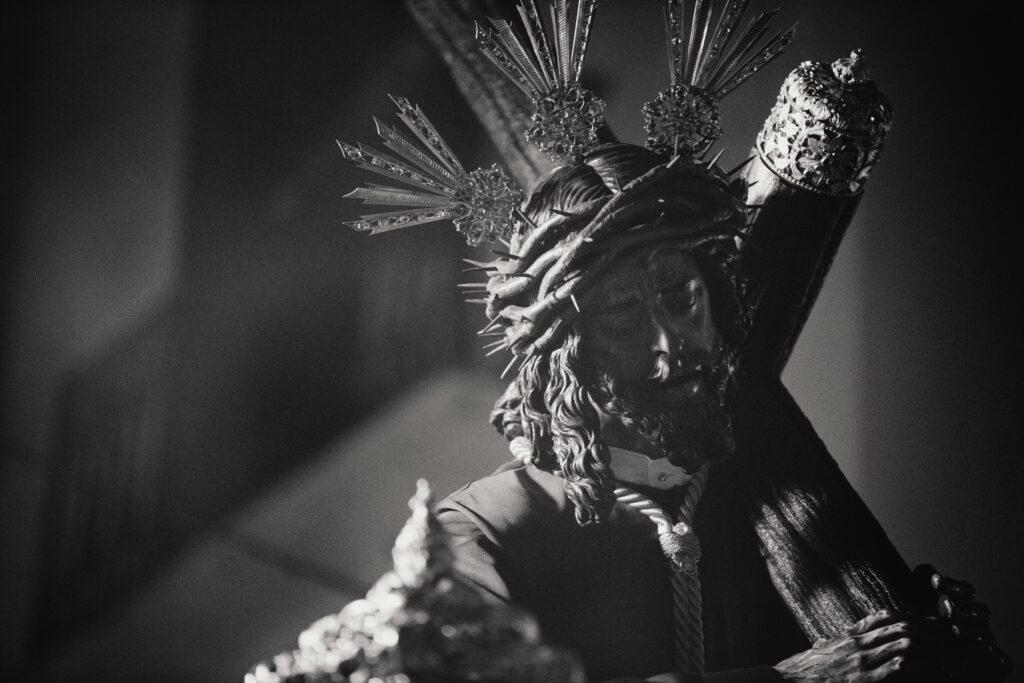
Christian Hope
Luis Herrera Campo
15 April, 2025
3 min
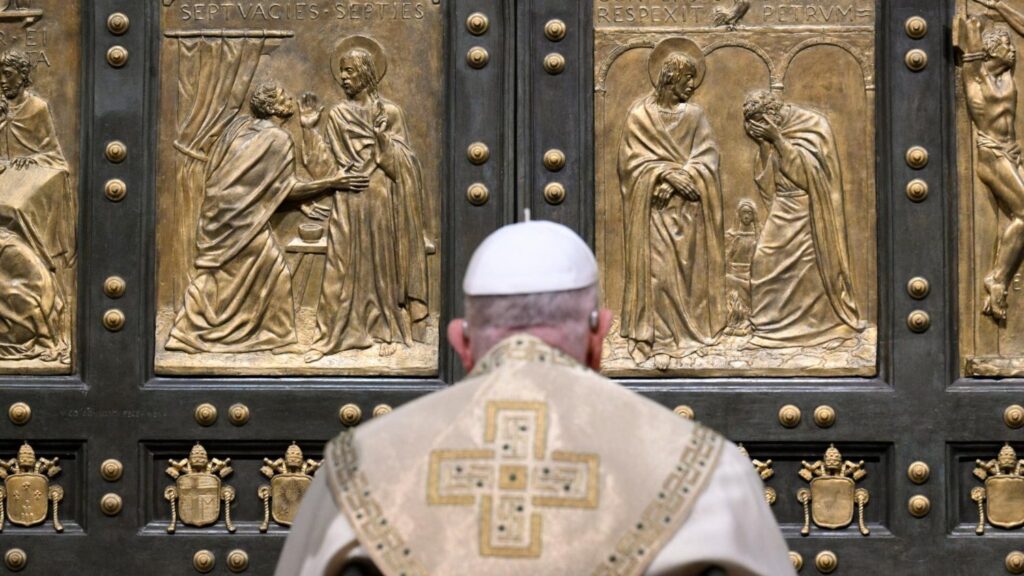
How to gain a plenary indulgence during the Jubilee Year?
P Angel Espinosa de los Monteros
14 April, 2025
3 min
 (EN)
(EN)
 (ES)
(ES)
 (IT)
(IT)

